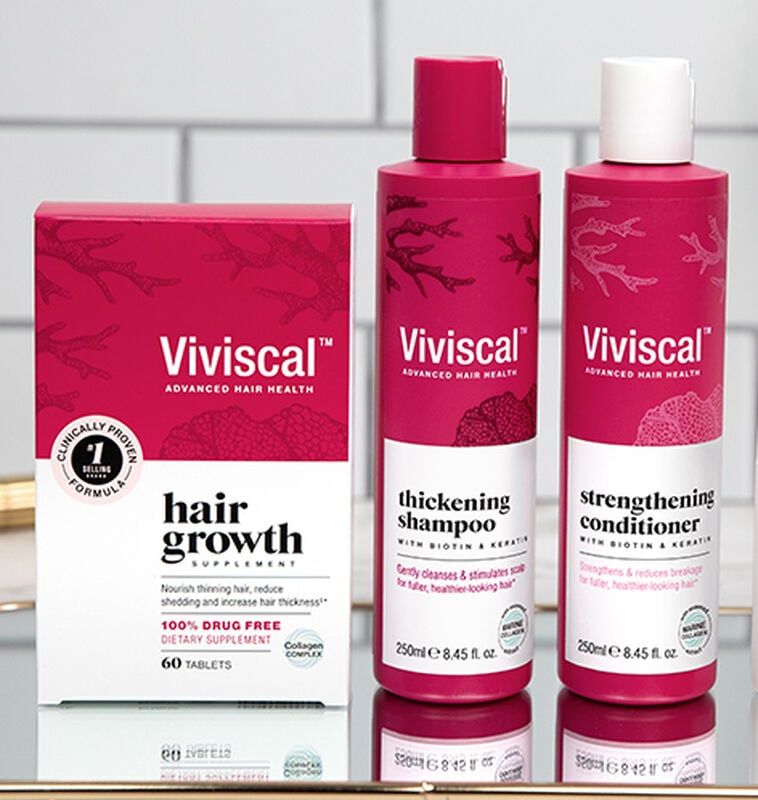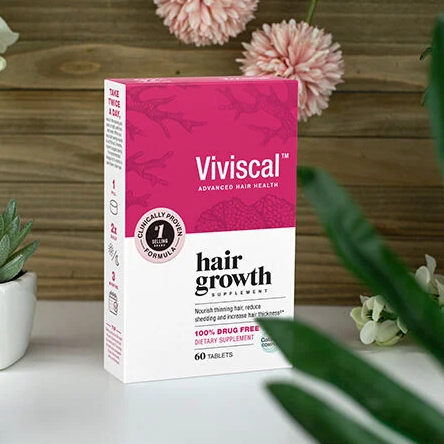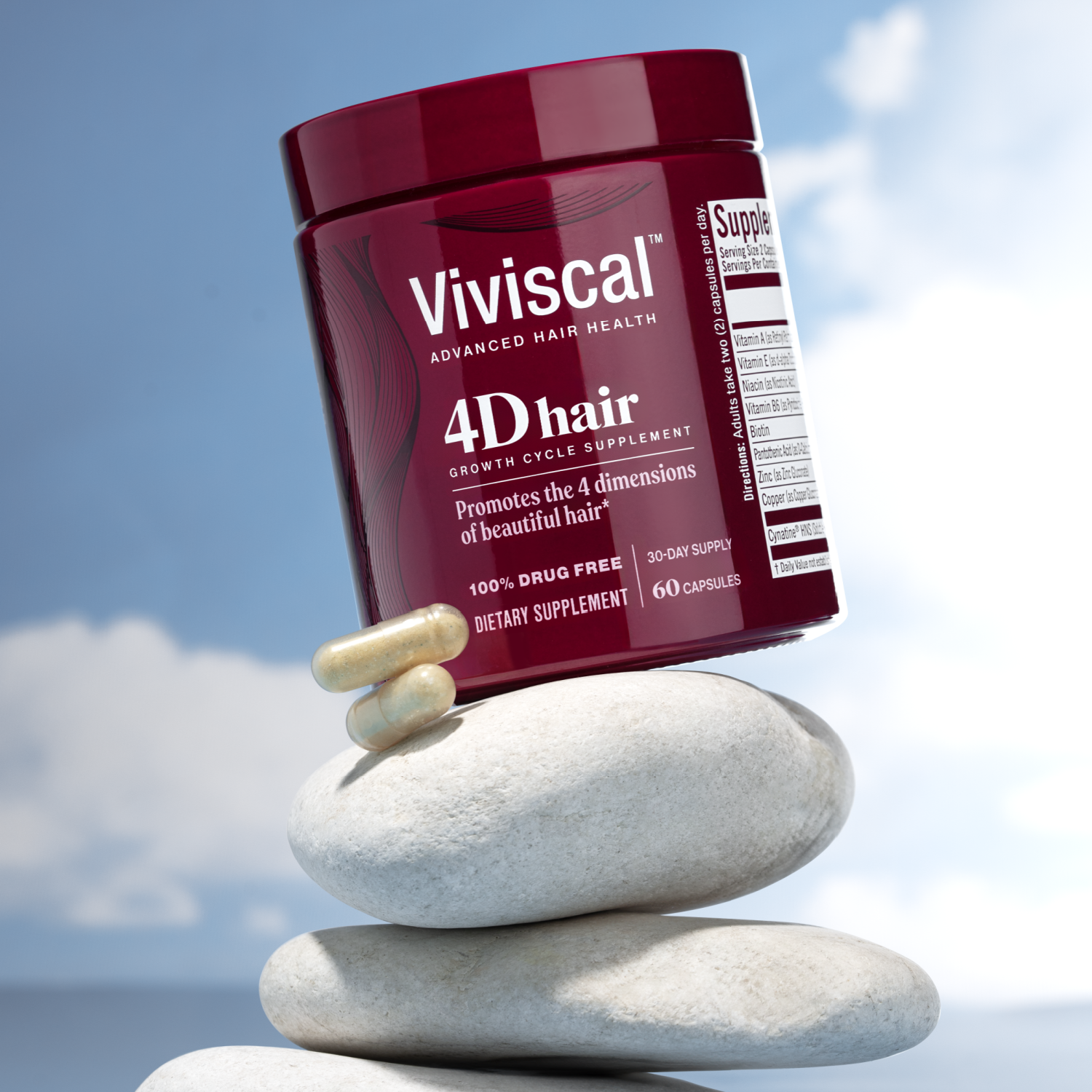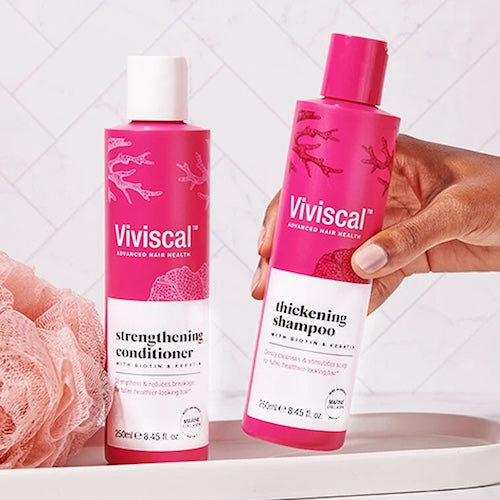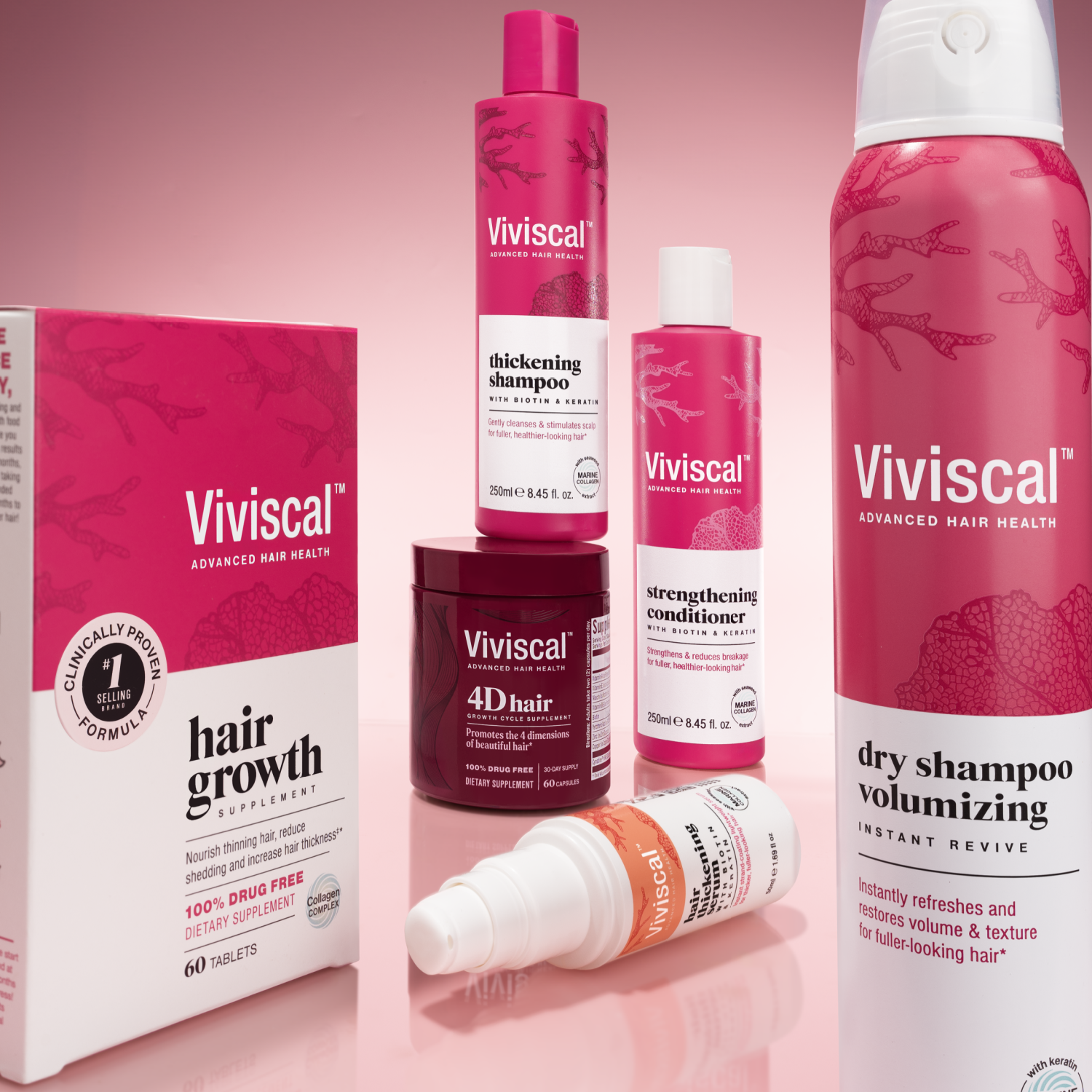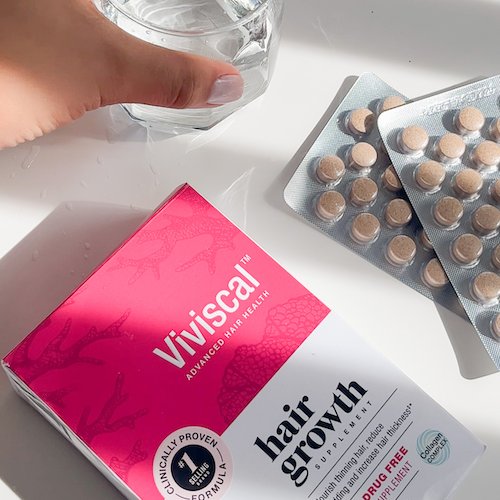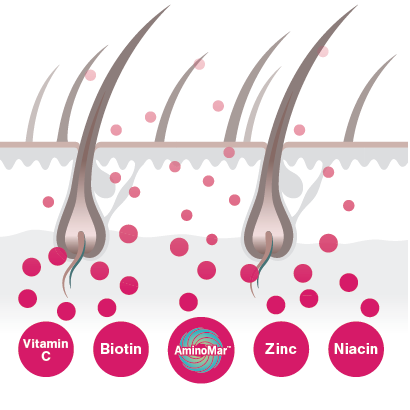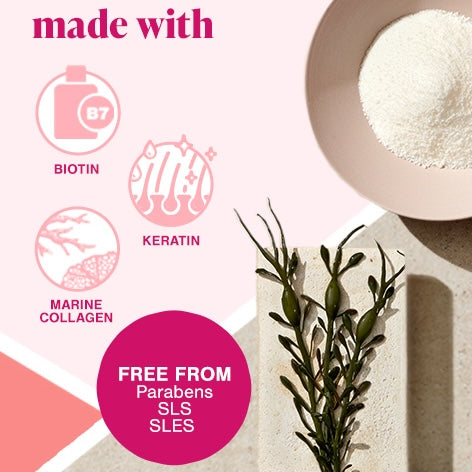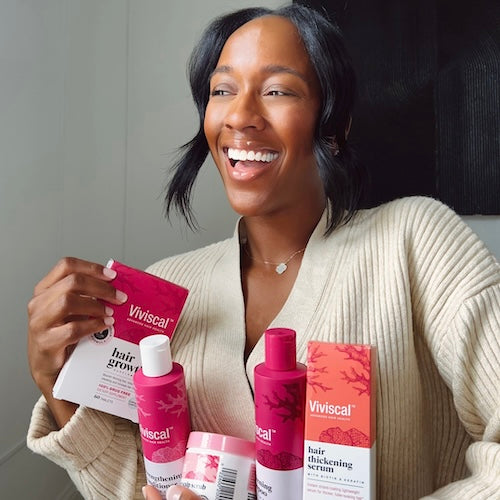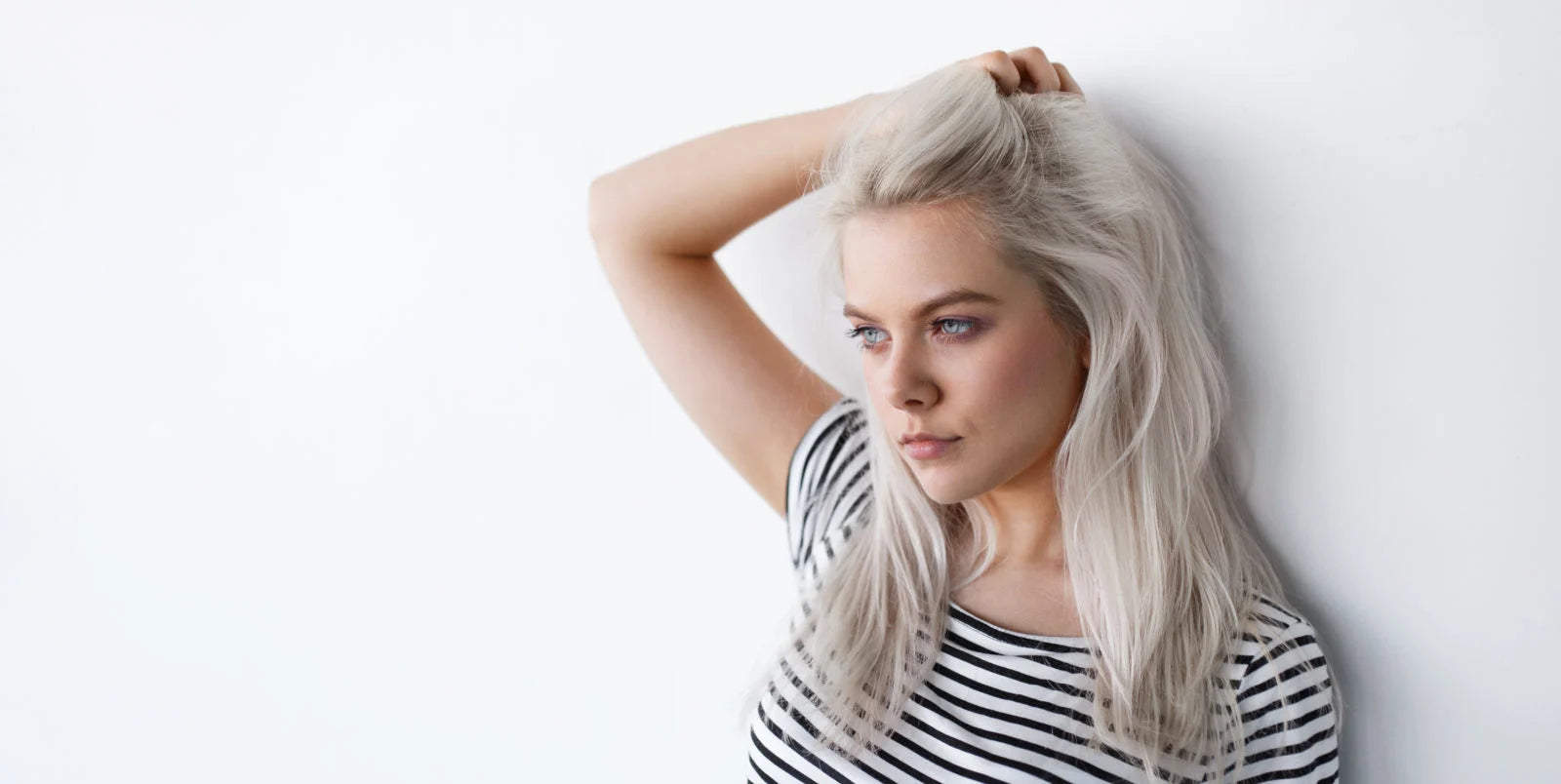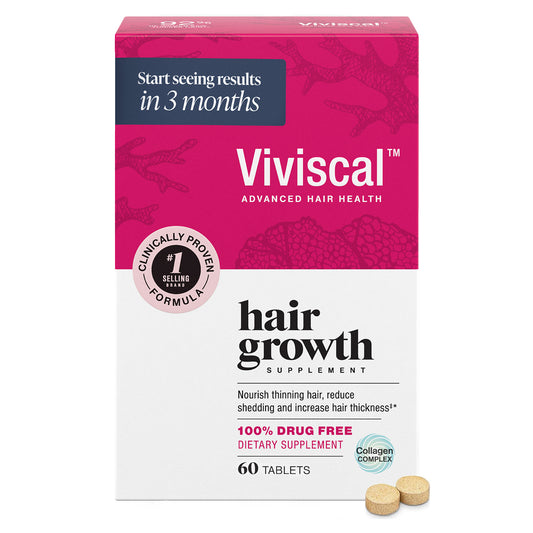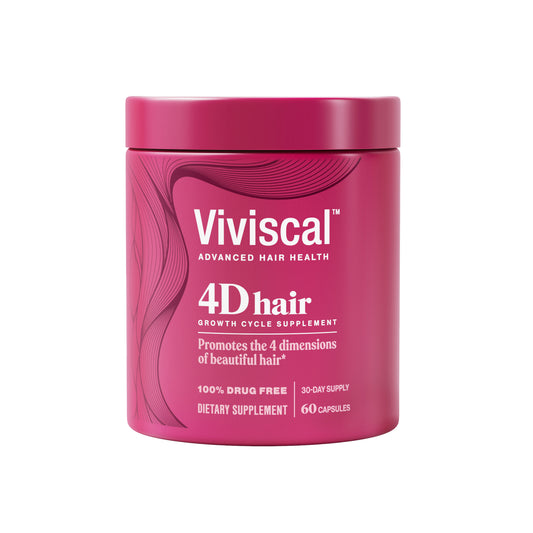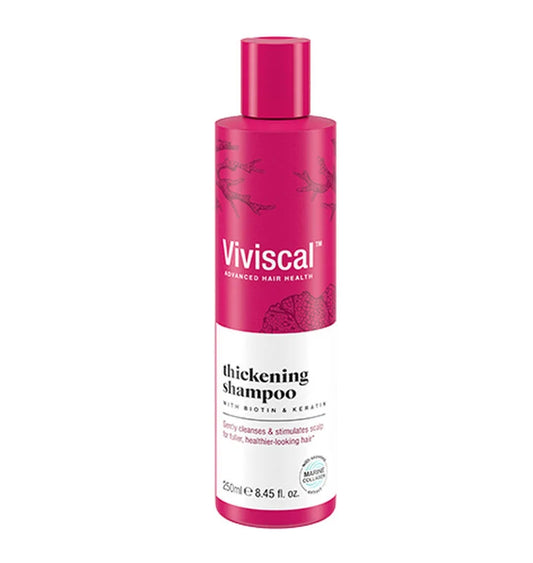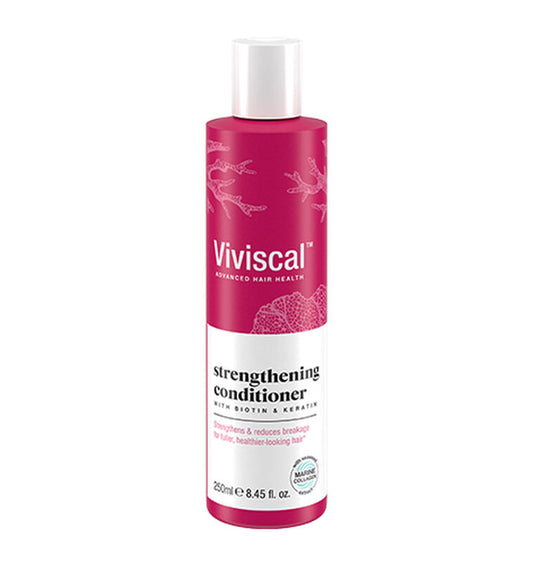Bleaching your hair can be addictive. It’s fun switching up your hair color and adding highlights to keep things fresh.
But as fun as it may be, bleaching is potentially the most Damaging of all the coloring methods. It raises your hair’s outer cuticle to let the bleach fully penetrate to change its appearance. You can see how that might not be a great move if your goal is happy, healthy hair.
So if you’re wondering about thinning hair after bleaching and you want to know if you can go bald from Dying Your Hair, read on.
Can Bleaching Cause Hair Loss?
Can bleaching your hair make it fall out? It’s a possibility.
Bleaching makes your hair dry, brittle, and inelastic — the recipe for Hair Breakage and Split Ends. When your hair is damaged like this, hair loss is going to be much more common. Bleached hair is porous and therefore much more susceptible to damage from styling tools like blow dryers or curlers.
Bleaching itself will not directly cause Hair Loss… but it makes hair loss much more likely to happen.
Normal activities like brushing your hair or even sleeping will start to cause more Breakage as your hair becomes more damaged. Experiencing breakage near the root can result in unsightly stubble and a cause for panic in some women who think they’re randomly losing their hair. Bleaching and highlighting cause damaged hair, but they do not cause hair to fall out.
The only way that bleaching can directly cause hair loss is if there’s a chemical mishap. For example, if your bleaching product is left on your head for too long, or the mixture isn’t balanced, it could harm your scalp and cause more serious hair issues.
How to Protect Hair
The best way to combat hair loss from bleaching is to use products that lessen the negative effects. You just have to prep. If you’re planning on bleaching your hair, use a pre-shampoo & Conditioning Treatment three days before. After bleaching, use a deep treatment once a week. This will plump your hair with moisture to make it more elastic and less likely to break, while also making it shinier and more manageable.
Find a daily damage defense product that you can use before leaving the house. It will protect your hair against UV rays by sealing the gaps in your hair strands. It might not seem like the elements are doing much damage, but you would be surprised. Pollution, air conditioning, wind, and UV rays will all do a number on your hair over time, especially if it’s bleached.
Since bleached hair is more vulnerable to breakage, you might need to adjust your hair care regimen. Avoid brushing your hair too roughly, or pulling it too tightly when styling. Try to use a lower heat setting when using your styling tools, and never forget your Hair Thickening Serum to defend against the heat.
If you want to bleach your hair, you can. Just make sure you keep it protected. Don’t be too rough, keep it hydrated, and make sure that you’re paying attention to the signs. If you start to see more hairs in your brush or hair tie, think about giving the coloring and highlighting a break for a few months. Letting your hair recover is almost always a smart decision.
